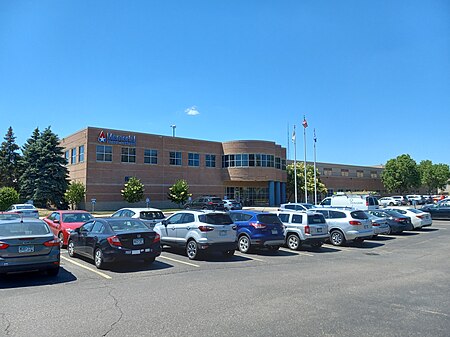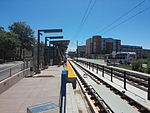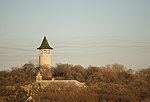Memorial Blood Centers

Memorial Blood Centers is a blood bank in Minnesota, United States. It is a division of Innovative Blood Resources (IBR), and supplies blood to hospitals and clinic partners, national blood centers, biotechnology companies, research institutions, in the US and abroad. The blood bank is a member of America's Blood Centers, the Minnesota Hospital Association (MHA), American Association of Blood Banks (AABB), and Blood Centers of America. It is not affiliated with the American Red Cross. IBR was formed in 2010 as a merger of Memorial Blood Centers and Nebraska Community Blood Bank to mitigate the increasing costs of blood collection and testing. It formed a strategic partnership with New York Blood Center (NYBC) in 2016 to give them access to blood donors in the Midwestern United States.
Excerpt from the Wikipedia article Memorial Blood Centers (License: CC BY-SA 3.0, Authors, Images).Memorial Blood Centers
Pelham Boulevard, Saint Paul Saint Anthony Park
Geographical coordinates (GPS) Address External links Nearby Places Show on map
Geographical coordinates (GPS)
| Latitude | Longitude |
|---|---|
| N 44.963611111111 ° | E -93.201111111111 ° |
Address
Memorial Blood Centers
Pelham Boulevard 737
55104 Saint Paul, Saint Anthony Park
Minnesota, United States
Open on Google Maps






